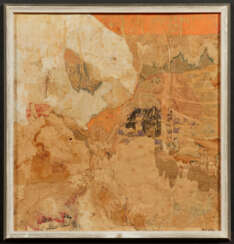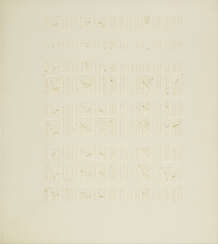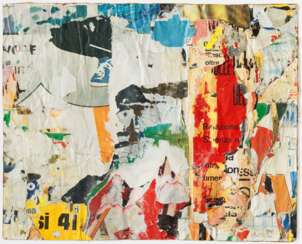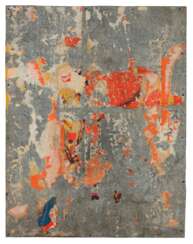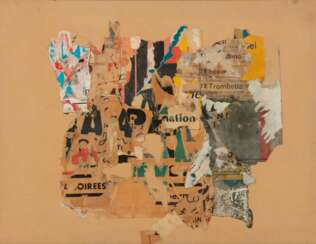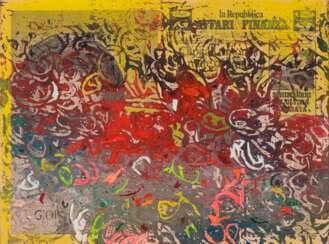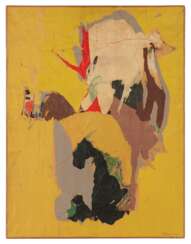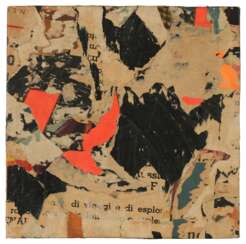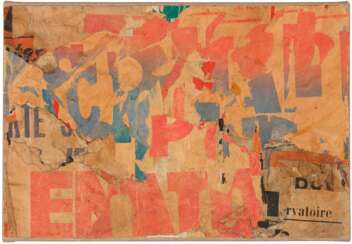Décollage — Auction price
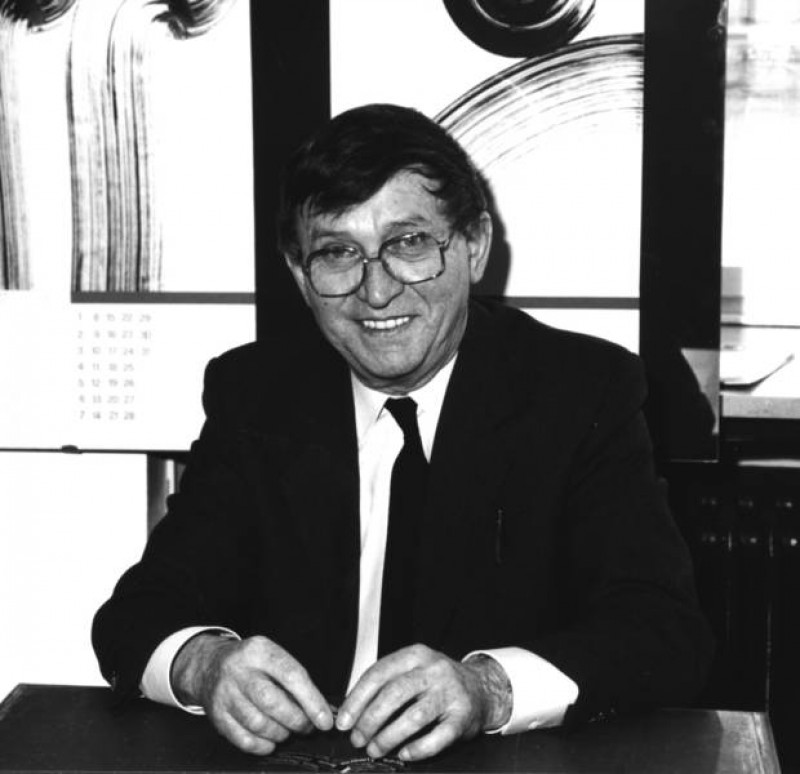
Oskar Holweck was a German painter and sculptor on paper.
After World War II, in which he went to the front and into captivity, Holweck studied applied art at the Paris Academy of Fine Arts, worked as a teacher, and was a member of the German Artists Association.
Since the 1960s, Holweck has created artworks almost exclusively with his own paper technique. Through various manipulations with this material, the artist actually created sculptures.
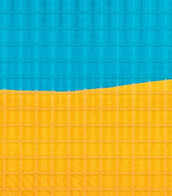
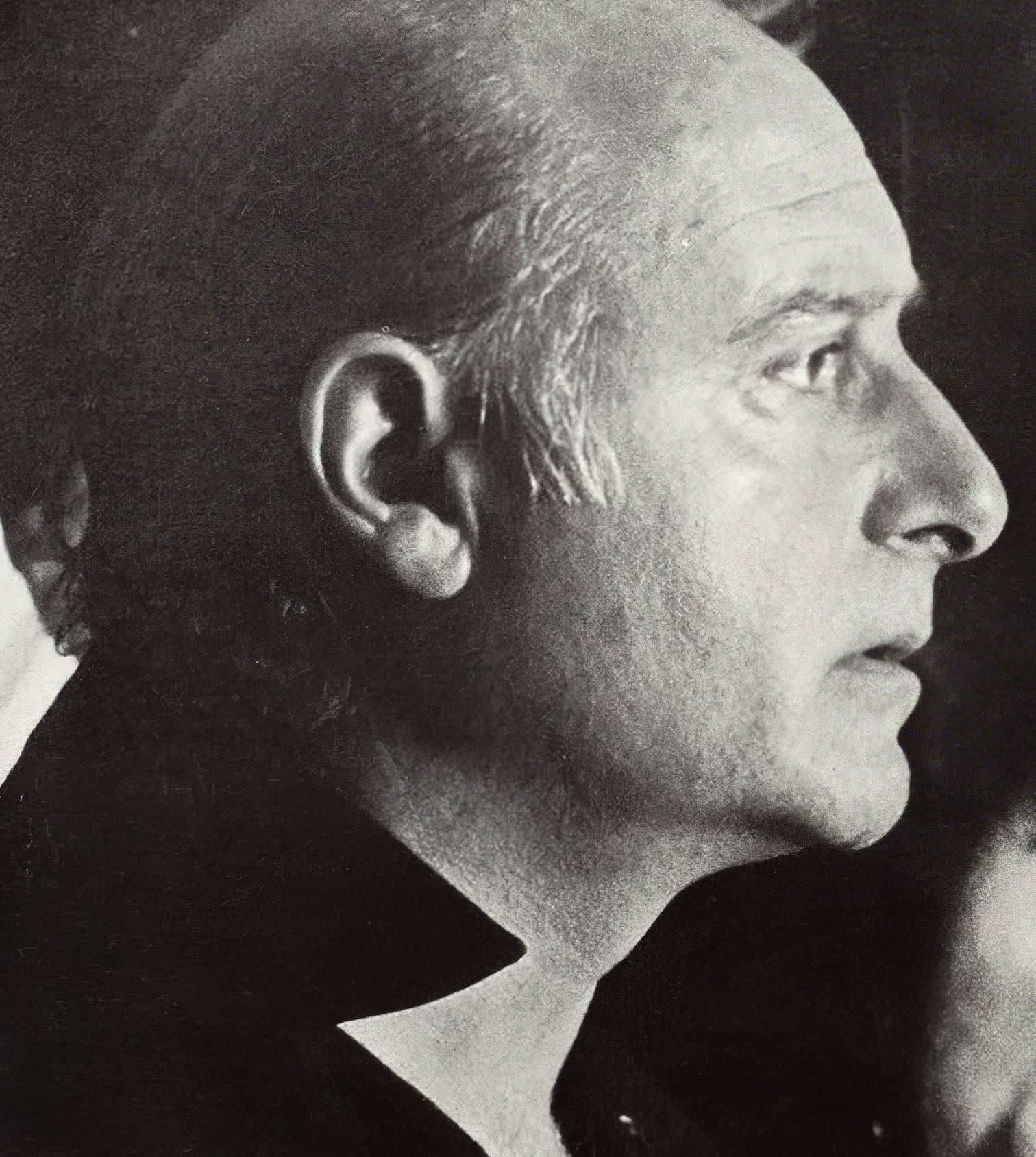
Domenico (Mimmo) Rotella was an Italian artist considered an important figure in post-war European art. Best known for his works of décollage and psychogeographics, made from torn advertising posters. He was associated to the Ultra-Lettrists an offshoot of Lettrism and later was a member of the Nouveau Réalisme, founded in 1960 by the art critic Pierre Restany.


Raymond Hains was a prominent French visual artist and a founder of the Nouveau réalisme movement.
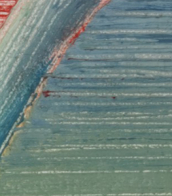
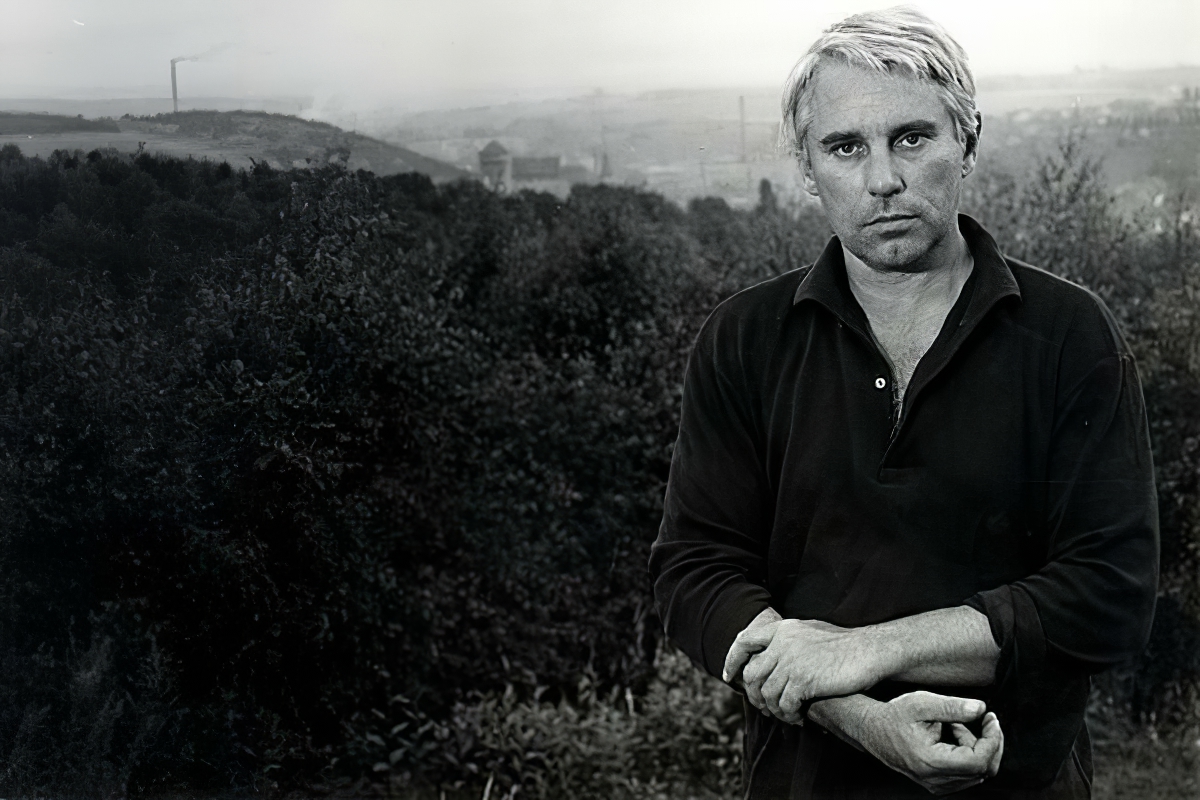
Karl Fred Dahmen is a German artist, one of the most important representatives of German post-war art and the Informel movement. In 1967 he took up the post of Professor of Fine Arts at the Munich Academy.
He painted expressive abstract pictures with a tectonic structure, and since the mid-1950s, relief paintings and collages on the damage to the local landscape caused by open-pit mining. Later in Dahmen's oeuvre, glazed object boxes appear, recounting the impressions of his daily working life.

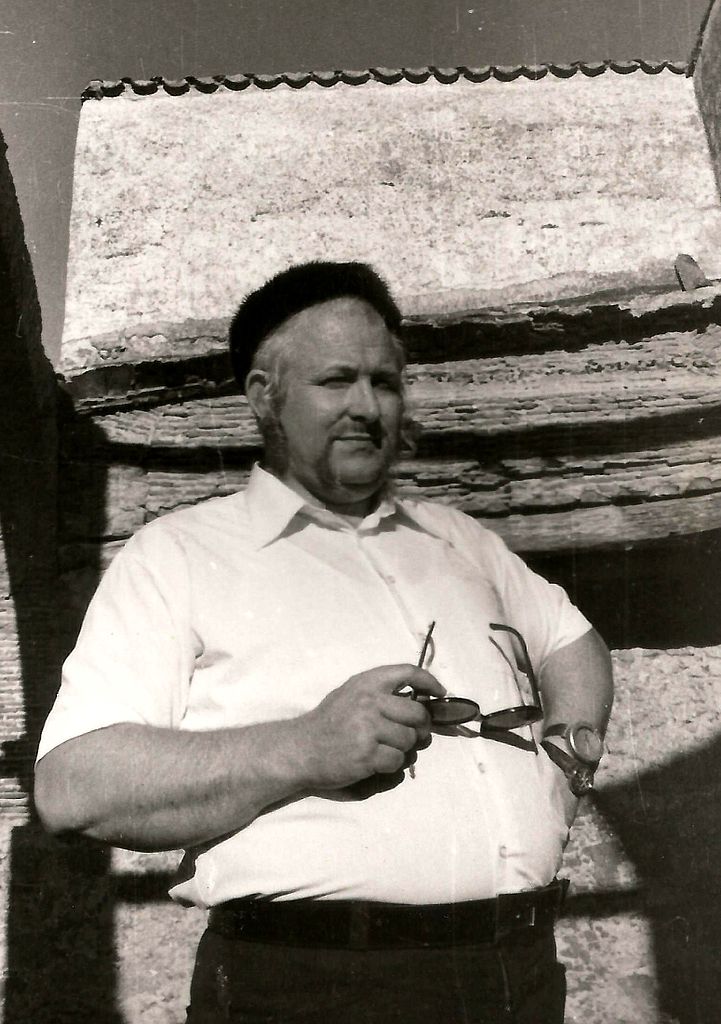
Wolf Vostell was a German artist who is considered a pioneer of video and installation art, and a key figure in the Fluxus movement. He studied at the Academy of Fine Arts in Wuppertal and later at the École Nationale Supérieure des Beaux-Arts in Paris.
Vostell's art was heavily influenced by the horrors of World War II, and he often incorporated themes of violence and destruction in his work. He was interested in exploring the relationship between art and technology, and he experimented with new media such as television, video, and sound.
One of Vostell's most famous works is "Concrete Traffic," a 1970 installation in which he placed a Cadillac in a block of concrete. The piece was intended to comment on the impact of automobile culture on society and the environment.
Another notable work is "TV-Burying," a performance piece in which Vostell buried a television set in the ground, with only the screen visible. The work was a commentary on the pervasive influence of television on modern life.
Vostell's work has been exhibited extensively around the world, including at the Museum of Modern Art in New York, the Venice Biennale, and the Centre Georges Pompidou in Paris.


Raymond Hains was a prominent French visual artist and a founder of the Nouveau réalisme movement.

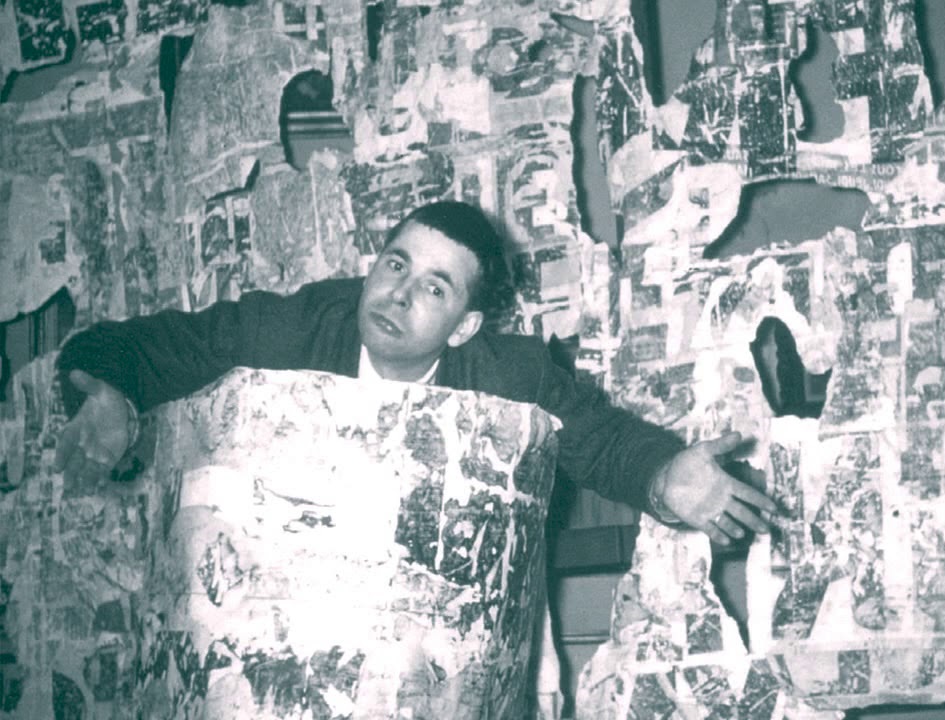
François Dufrêne was a French Nouveau realist visual artist, Lettrist and Ultra-Lettrist poet. He is primarily known as a pioneer in sound poetry and for his use of décollage within Nouveau réalisme.

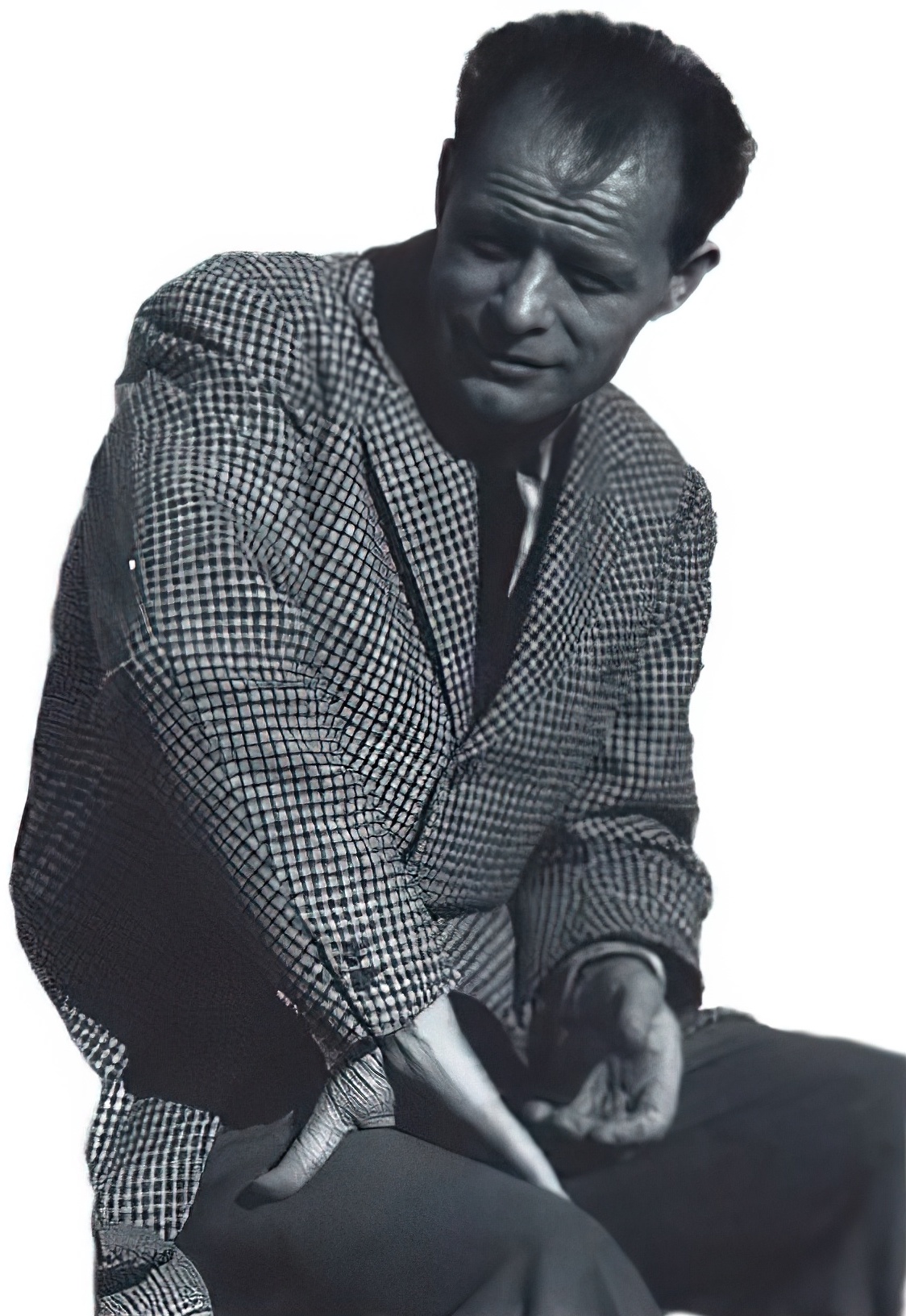


Raymond Hains was a prominent French visual artist and a founder of the Nouveau réalisme movement.


François Dufrêne was a French Nouveau realist visual artist, Lettrist and Ultra-Lettrist poet. He is primarily known as a pioneer in sound poetry and for his use of décollage within Nouveau réalisme.


Domenico (Mimmo) Rotella was an Italian artist considered an important figure in post-war European art. Best known for his works of décollage and psychogeographics, made from torn advertising posters. He was associated to the Ultra-Lettrists an offshoot of Lettrism and later was a member of the Nouveau Réalisme, founded in 1960 by the art critic Pierre Restany.

